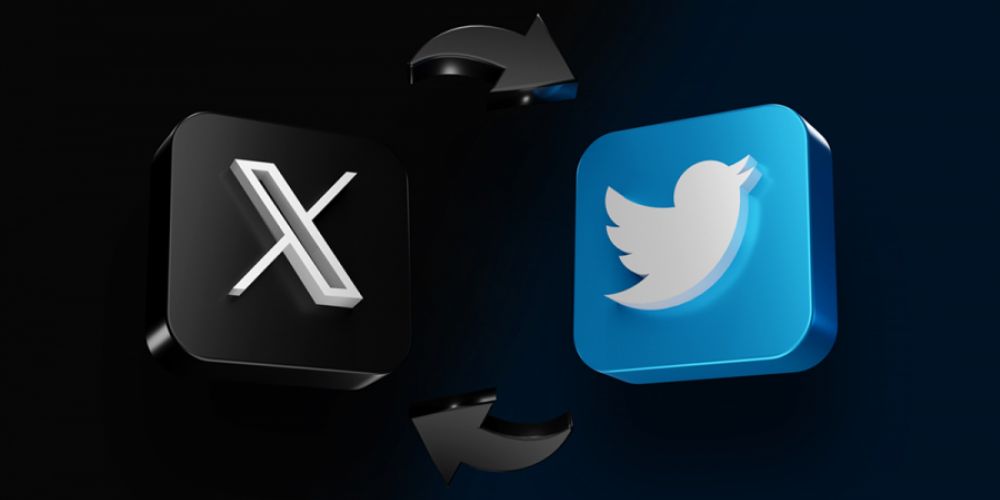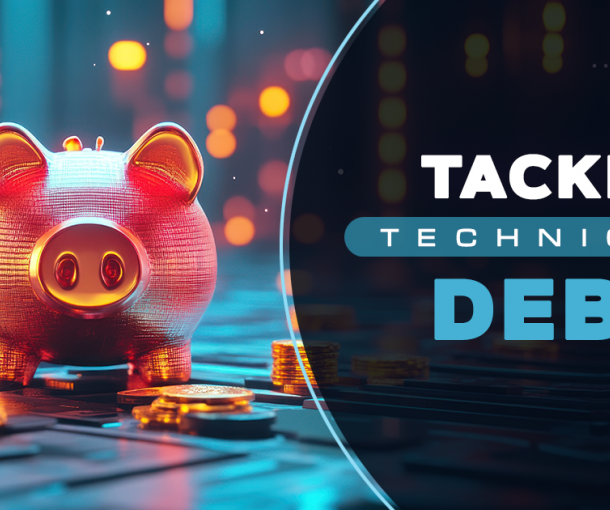
Developers take notes as Twitter rebrands as X – and kills the bird for good
THE POWER OF A BRAND
Rebranding could very well be the most strategic decision an organization ever makes. Brand equity, after all, represents the sum total of how customers, end-users, and other stakeholders feel about the organization – and why they choose to interact with it in the first place. It can’t be bought, it must be earned and strengthened over time.
Executed well, a rebranding can build on that foundation. It can keep the brand fresh and competitive – even relevant – amid the relentless pace of changing consumer trends, and of course shifting competitive pressures.
A botched effort can just as easily dilute years of hard-won brand perception and damage carefully cultivated relationships with stakeholders. So organizations normally decide to evolve their brands only after months, or even years, of careful planning.
Elon Musk’s Twitter was not one of those organizations.
MORE THAN A MERE PAINT JOB
Earlier in my career, I was part of a team responsible for rebranding a multi-billion-dollar global tech company. The inside joke among staff was that our logo was a time capsule of sorts, with colors that instantly reflected a long-lost decade that no one necessarily wanted to remember. Not exactly a recipe for success for a company selling advanced technology solutions.
For six months, the marketing department quarterbacked an organization-wide effort to identify every possible impact of the planned change. Notably, only the logo and color scheme were changing: the actual company name was untouched. Our team painstakingly identified, reviewed, debated, and project-planned every last asset that fell within the scope of this strategic initiative. Stakeholders throughout the company were pulled into the all-hands effort.
While a few cynics in other departments jokingly called the effort a paint job, thankfully they were in the minority, and in the end the updated look did wonders to rejuvenate brand perception. As the new branding rolled out with military precision across the organization’s products, facilities, websites, and apps, it spawned long-overdue – and healthy – discussions about what the organization meant to its stakeholders.
DON’T TWEET THIS
Consider, for a moment, where we’re at a week after Elon Musk announced via a middle-of-the-night tweet storm that Twitter was being renamed as X. Specifically, the twitter.com website has a new logo, the x.com domain redirects to twitter.com, and the corporate @twitter account has shifted to @x, but only after the company forced the original owner of the account, Gene X. Hwang, to give it up. Don’t worry though, they offered him some merch and a VIP tour of their HQ building in return.
Consider what hasn’t been touched yet:
- The apps have not been updated.
- Color schemes, font choices, layouts, and all other design elements remain unchanged.
- Email and other corporate messaging still reflect the original domain.
Even the removal of the physical sign on the corporate headquarters building in San Francisco turned into a mirror of how little advance planning went into this change. Police showed up soon after the workers began taking the hardware down, as a permit for the work had apparently not been secured.
The patchwork, reactive tone to this rollout betrays the fact that the company’s remaining staff hadn’t been spending the last six months focused on this critical change. We’re forgiven for assuming they learned of the rebranding at the same time as the rest of us did.
UNDERSTANDING THE WHY
To be fair, Mr. Musk has a solid case for radically shifting his company’s brand direction. Even before he launched his bid for the company, Twitter had been losing money amid tepid advertiser interest, a stagnant user base, and weak end-user engagement. Leadership at the time was hesitant to make the fundamental changes necessary to refocus the organization, address its core challenges, and position it for an increasingly turbulent future.
The original microblogging mission was no longer sustainable – particularly in light of intensifying competition from Meta’s Threads, Jack Dorsey’s Bluesky, and Mastodon. Mr. Musk had been hinting for months that his long-term goal for the platform is to replace it with an ambitious X app that incorporates far more than just microblogging or messaging. This would be akin to Tencent’s WeChat app in China, which counts over 1 billion monthly active users and is widely seen as the definitive “everything app”, including text messaging, streaming, videoconferencing, gaming, and mobile payments and banking.
Ambitious, sure. But unfortunately, Mr. Musk lacks the resources to pull it off. He fired three-quarters of his staff, and has wrestled with failing infrastructure and outages ever since. From a development perspective, it’s difficult to see him attracting and retaining the kind of talent – in numbers and quality – required to build and maintain an “everything” platform at this scale.
CODERS KNOW
Fortunately, rebranding isn’t rocket science. As I experienced when I was part of that rebranding team, developers and related technology resources play a key role in shepherding the company through the critical planning and execution steps. If your organization is planning to freshen the brand somewhat, consider the following:
- Audit the brand. Task the marketing team with documenting the current brand identity, market position, customer perceptions, and any identified gaps. Leverage your developers to identify core apps, platforms, and systems used in tracking key metrics, and providing updated and ongoing reports to feed the decision-making process. Use the data to confirm strengths and weaknesses – and prioritize them.
- Define your digital identity. Online resources like websites and apps are the face of the company – and developers are central to creating an identity that drives the rebranding effort. Since they’re the ones who will be updating the websites and apps and tweaking the user interfaces, they should be at least part of – and ideally orchestrating – all discussions from the start of the project.
- Understand the back-end impact. Changes to front-end elements like web and mobile applications will impact back-end systems like servers, databases, and networks. Software developers will be able to translate those changes into operational requirements – which will form the basis for detailed project planning and execution. They will also be able to prioritize work packages and minimize risk to ongoing operations.
- Improve the user experience (UX). It isn’t enough to change some colors, craft a new logo, and call it done. Rebranding efforts should improve customer engagement and help the organization expand its mission and perform at a higher level. Developers have always been key to ensuring the underlying systems support the external goals of the business. Make sure their voices are heard as part of the rebranding process.
- Test proposals and iterate. Rebranding involves far more than drawing a new logo on the back of a napkin and handing it off to a graphic designer. Ideally, multiple branding elements should be created, then tested against each other to gather feedback and measure effectiveness. Developers are instrumental to building the right tools and managing the data.
- Monitor performance. Never assume rebranding is a one-time act. Rather, it is a long-term process. Developers create, integrate, and manage the kinds of analytic tools that can monitor key performance indicators (KPIs), such as brand awareness, sales, and customer engagement. The resulting data gives the businesses the insights it needs to make better decisions – and helps shape the rebranding journey over time as the organization continues to evolve its branding strategy. Developers are instrumental to the success of this data-driven process.
THE BOTTOM LINE
Whatever we now choose to call the company, the rebranding effort does little to snuff out the fires that continue to dog both its day-to-day operations and its long-term outlook. As well-intentioned as the new effort is, the key resources who would have quarterbacked the rebranding effort from the moment Mr. Musk first took over, simply were not involved.
The lesson to the rest of us is a stark one: listen to your developers and use those conversations to build out your roadmap.
In this particular case, x doesn’t yet mark the spot, and it remains unclear whether it ever will.
—
Want to learn more? Connect with us on LinkedIn.


